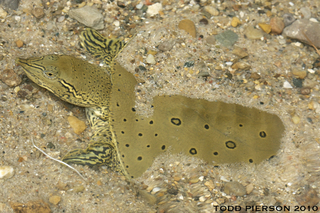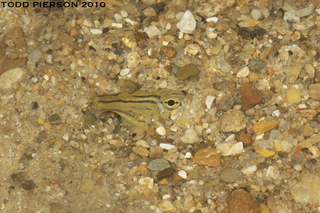I subscribe to the Hampshire Review electronically, but I realize now I could have taken a photo of me looking at the online version. Instead, here are a few photos of my 10-day work trip to Lodz (pronounced "wooch"), Poland's third largest city, from September 14-24. I was visiting there with two colleagues to help the University of Lodz MBA program faculty introduce curricula in cybersecurity and entrepreneurship, and our Polish colleagues were great about showing us all around.
One of the first things I noticed from the plane, and on the train from Warsaw, is that many, many farms are only about 100 meters wide but a whole kilometer long (330 feet x 3300 feet). I'm guessing that allows everyone to have close neighbors and road frontage.
 European sycamores
European sycamores (
Platanus orientalis) are sometimes called
Planes. They appear very similar to our Platanus occidentalis.
These are different than
Norway Maples (
Acer platanoides), which were common in Lodz (and considered invasive in the U.S.).

Another tree that was very common, and more familiar to Americans, is the Horse Chestnut (
Aesculus hippocastanum). People collect the seeds for good luck and to make crafts. They have a very nice drooping canopy and they were found all over.
The Aesculus seeds have an armored husk, but nothing like American Chestnuts (Castanea dentata) or Chinese Chestnuts (Castanea mollissima).
For those that like to explore nature with technology, I saw a few trucks we don't get to see here in the U.S. There was this red Nissan Patrol, which has been sold around the world since 1951, but only available here since last year as a more upscale Infiniti QX56.
There were also these Hyundai Gallopers, which is the modern version of the Mitsubishi Pajero, sold here in the U.S. for a while as Mitsubishi Monteros. Unlike Toyota Land Cruisers, Suziki Jimnys (Samurai's here), and the Nissan Patrols, which were all made in coordination with the U.S. Government back in the 1950's, these Mitsubishi/Hyundais didn't appear until the 1980's.















































